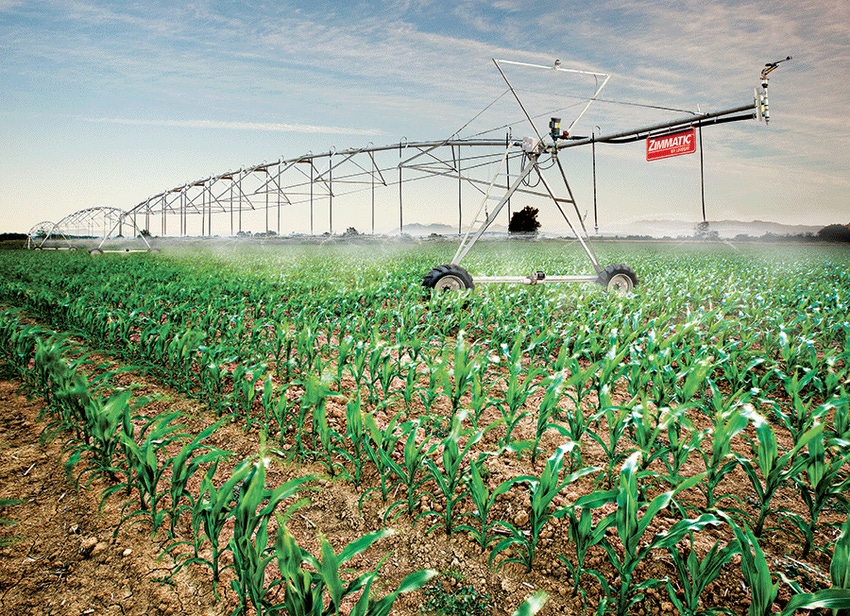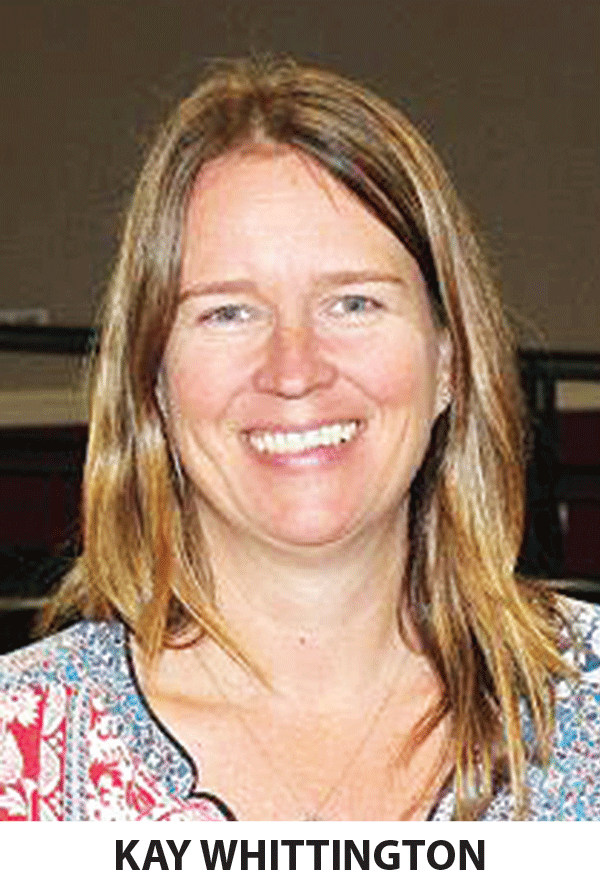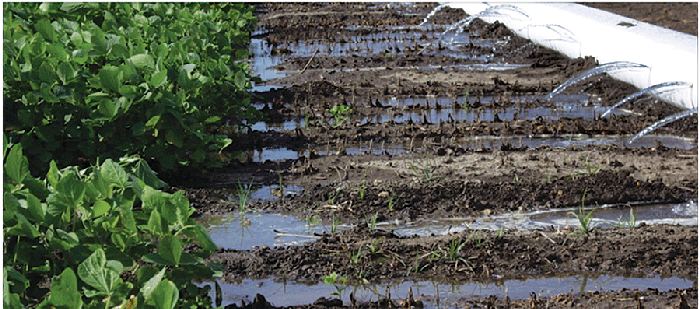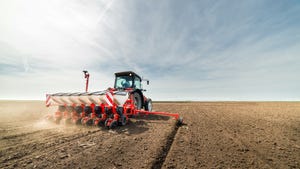
It’s “a problem you can’t see,” Kay Whittington says of the decline in the shallow alluvial aquifer that has, for decades, provided an abundant supply of water for irrigating Delta crops.
Increased demand for water has exceeded the aquifer’s recharge capacity, and as the number of irrigation wells has increased almost seven-fold over the past 30 years, water levels have dropped lower, prompting concerns about the long-term sustainability of the resource that has contributed to significant increases in production of the Delta’s major crops: cotton, soybeans, rice, and corn, plus aquaculture.
“A challenge is raising awareness of people in the Delta is that there is a problem,” says Kay Whittington, director of the Mississippi Department of Environmental Quality’s Office of Land and Water Resources. “Plentiful water, just a few feet down, has been taken for granted for many years. But the fact is that we have been seeing a downward, unsustainable trend in the aquifer level.” A U.S. Geological Survey model of the aquifer estimates a decline of 300,000 acre feet annually.
But, Whittington said at the Water Resources Management Seminar at the annual meeting of the Mississippi Agricultural Economics Association, “There is an opportunity to get ahead of this problem by making changes now to reverse this trend and achieve the environmental and economic sustainability that Delta agriculture needs to continue to be viable into the future. We feel we’ve made a lot of progress in the last few years in improving our information, finding out more about the alternatives available to us, improving the tools we can use to evaluate those alternatives, and sharing that information with those in Delta agriculture so they can make better decisions.
“We’re keeping a high priority on efficient water use,” she says, “with a goal of basing decisions on sound science instead of making decisions that cost a lot of money and can have unintended repercussions. We’re continuing to work with state and federal agencies and ag organizations to get better information on annual irrigation water use and to better quantify recharge of the aquifer.”
MDEQ and USGS are working together to develop the “most scientifically defensible model possible of the aquifer,” Whittington says. “This requires a lot of data, and a good starting point for obtaining those data has been Delta producers’ voluntary metering of irrigation wells to help us obtain geographically distributed representative estimates of yearly water use.” Producers in each county have agreed to metering of at least 10 percent of the wells in the county, and reporting annual water usage to MDEQ.
Producers are increasingly using management systems and practices that use less water, while reducing costs and maintaining or increasing yields. Research continues to demonstrate that water use and pumping costs can be cut as much as 20 percent to 25 percent through use of these tools.
About the Author(s)
You May Also Like




